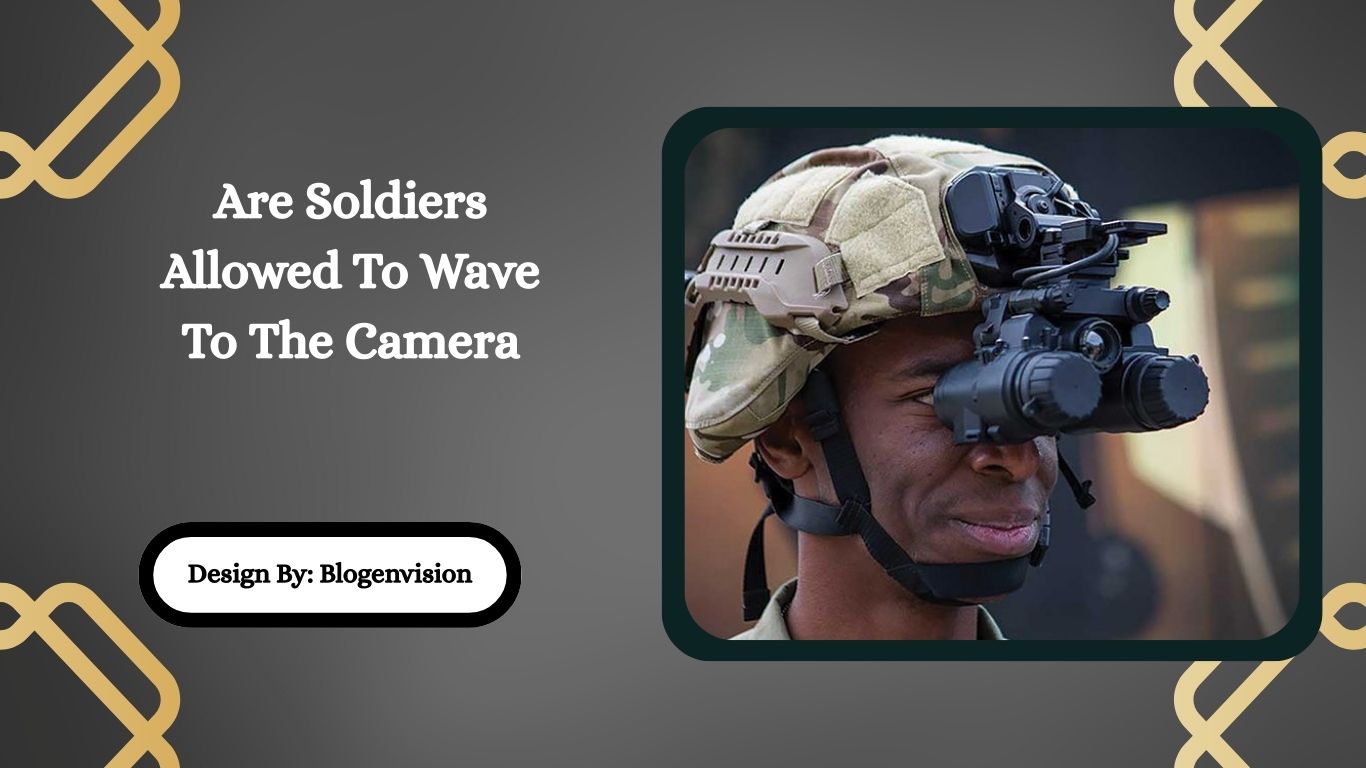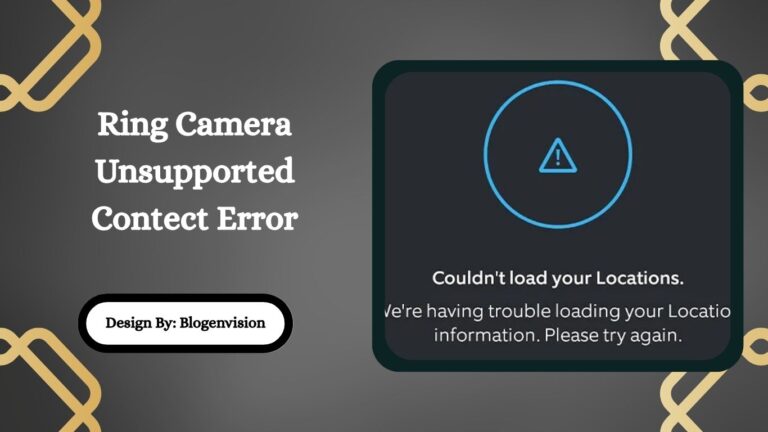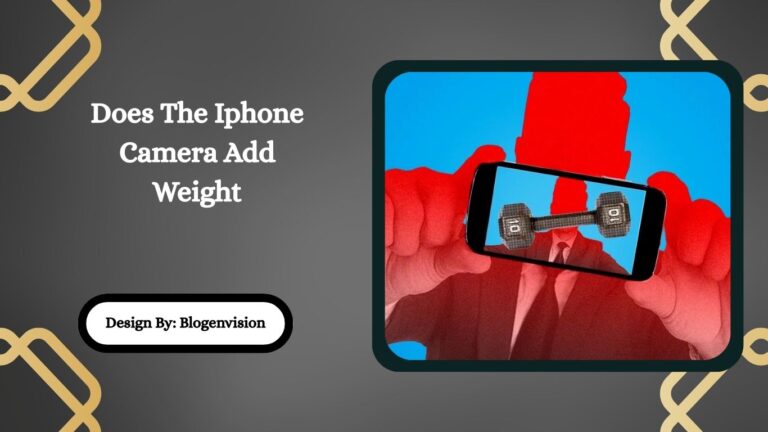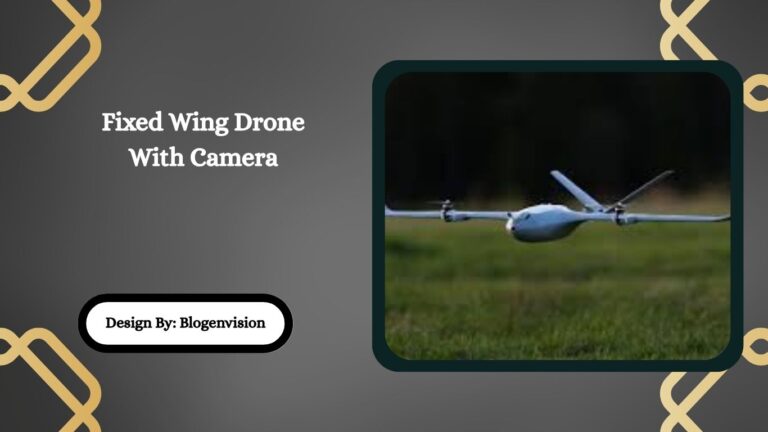Are Soldiers Allowed To Wave To The Camera – Full Guide!
Soldiers are not strictly banned from waving to cameras, but it depends on context. Informal moments allow it, while official duties, ceremonies, and strict military protocol discourage casual gestures like waving.
When people see soldiers in uniform, whether at parades, public events, or during deployment, they often wonder: Are soldiers allowed to wave to the camera? The answer is not entirely straightforward. Military rules, etiquette, and professional behavior all play a role in determining whether a soldier can wave or acknowledge a camera while on duty.
This article explores military rules about waving, the Uniform Code of Military Justice (UCMJ), and how military traditions and gestures influence what is considered acceptable.
Military Rules About Waving
The military has strict codes of discipline and conduct. Soldiers are expected to maintain a professional image at all times, especially in uniform and during official duties.
- Waving during military service is not explicitly banned. However, context matters. For example, waving to family during deployment may be allowed in informal settings but discouraged during official ceremonies.
- Soldiers waving on duty in front of cameras can sometimes be seen as unprofessional if it disrupts discipline or breaks formation.
- Military etiquette for photographs emphasizes professionalism. A smile or salute is considered more appropriate than casual gestures like waving.
In short, soldiers are not forbidden from waving, but they must consider whether it aligns with military standards of conduct.
The Role of Military Protocol

Many people ask: “Can soldiers wave while on duty?” or “Is waving allowed in military protocol?” The answer depends on the situation.
- Military ceremonies and parades: Soldiers are expected to maintain strict discipline. Waving in uniform regulations is not allowed during official drills or while standing at attention.
- Public appearances: During relaxed events, a small wave may be acceptable as long as it does not conflict with military law on soldier gestures.
- Media coverage: Soldiers must follow military media and public interaction rules, which often prioritize saluting or maintaining formation over casual gestures.
Thus, while not illegal, waving is generally discouraged when representing the armed forces in formal settings.
Military Code of Conduct and the UCMJ
The Uniform Code of Military Justice (UCMJ) governs the behavior of all U.S. military personnel. While it does not specifically mention waving, it enforces professional behavior in the armed forces.
Key points include:
- Respect for uniform: Soldiers must not act in ways that could be seen as disrespectful to their uniform or the military institution.
- Discipline and conduct: Gestures that appear unprofessional, like unnecessary waving, may violate the expectations of military discipline and conduct.
- Chain of command: Ultimately, whether waving is acceptable often depends on the unit commander’s rules.
Therefore, soldier waving regulations fall under broader expectations of professionalism rather than explicit laws.
Waving and Public Perception
One reason waving is carefully considered is its impact on public perception of soldiers. Military institutions want their personnel to appear disciplined, respectful, and professional at all times.
- Soldier gestures in public, such as waving, may be viewed positively if they connect with civilians.
- However, too much casual behavior could weaken the image of authority and discipline.
- Military PR and media relations teams often advise soldiers on how to act in front of cameras, reinforcing the idea that interaction with civilians during service should remain professional.
Is Waving Considered Unprofessional in the Army?
This is a common question: “Is waving considered unprofessional in the army?”
- Yes, in formal contexts: During parades, salutes, or when standing at attention, waving is not appropriate.
- No, in informal contexts: Soldiers may wave to family during deployment, acknowledge children, or interact casually during off duty activities.
The rules for soldiers in public places are flexible, but the soldier etiquette in public events still emphasizes professionalism.
Nonverbal Communication in the Army
The army often relies on nonverbal communication, such as hand signals, salutes, and specific gestures. These are part of military traditions and gestures, deeply rooted in discipline.
- A salute carries significant meaning and is a formal gesture of respect.
- A wave has no formal meaning in military communication, which is why it is not widely encouraged.
- Soldier hand gestures are typically reserved for tactical purposes rather than casual greetings.
Thus, waving is seen more as a civilian behavior than a military one.
Waving to Family During Deployment
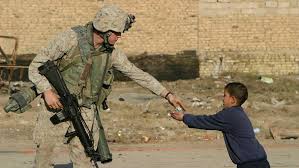
One of the most heartwarming moments is seeing soldiers wave to family members during deployment or ceremonies. But is this allowed?
- Yes, in limited cases. Many soldiers are permitted to wave when boarding planes, returning home, or greeting loved ones from a distance.
- Not during official formations. If the soldier is marching in a parade or standing in formation, waving may be prohibited.
This balance ensures soldiers maintain discipline while still allowing moments of human connection.
Restrictions on Soldier Expressions
The military also places limits on how soldiers express themselves publicly. These restrictions on soldier expressions apply not only to waving but also to facial expressions, media appearances, and even social media use.
- Army behavior in front of cameras is closely monitored to avoid embarrassing the military institution.
- Professional behavior in the armed forces often means soldiers must remain neutral, avoiding unnecessary gestures.
- Soldiers are reminded that when in uniform, they represent the entire military not just themselves.
FAQs:
1. Can soldiers wave while on duty?
Yes, soldiers may wave in informal settings, such as greeting family or civilians. However, during official duties, ceremonies, or while standing in formation, waving is discouraged to maintain discipline and professionalism.
2. Is waving allowed in military protocol?
Military protocol does not explicitly forbid waving, but it expects soldiers to display professionalism. In formal contexts, a salute or maintaining formation is preferred, while casual waving is acceptable only in relaxed situations.
3. Are soldiers permitted to wave in uniform?
Soldiers in uniform may wave in informal contexts, such as deployment send offs or family reunions. However, during public ceremonies or parades, waving is not permitted since it may undermine the discipline expected in uniform.
4. Is waving considered unprofessional in the army?
Waving is considered unprofessional during official military events, parades, or while on duty. However, it is not prohibited during casual, non formal interactions with civilians, family, or children, where a simple wave is acceptable.
5. Can soldiers acknowledge cameras in public?
Yes, soldiers can acknowledge cameras, but they usually do so with discipline. A respectful salute or neutral stance is preferred. Casual gestures, like waving, are only allowed in appropriate informal moments.
Conclusion
While soldiers are not completely restricted from waving to cameras, context is key. Military discipline, protocol, and public image determine whether a wave is acceptable. In informal moments, like deployment send offs or greeting family, waving is allowed. However, during parades, formations, or official duties, it is considered unprofessional and discouraged. Soldiers are representatives of the armed forces, and their gestures reflect discipline, respect, and tradition. Waving is a reminder that soldiers balance professionalism with human connection.
Related Post:
- Does The iphone Camera Add Weight – Truth Behind Photo Distortion!
- Can Disposable Cameras Go Through TSA – Guide for Travelers!
- Can Airport Scanners Damage Digital Cameras – Full Guide!
- Can Older Rpi Camera Work In Pi 5 – Setup, Tips, and Fixes!
- Are There Speed Cameras In California – Guide for Drivers!

